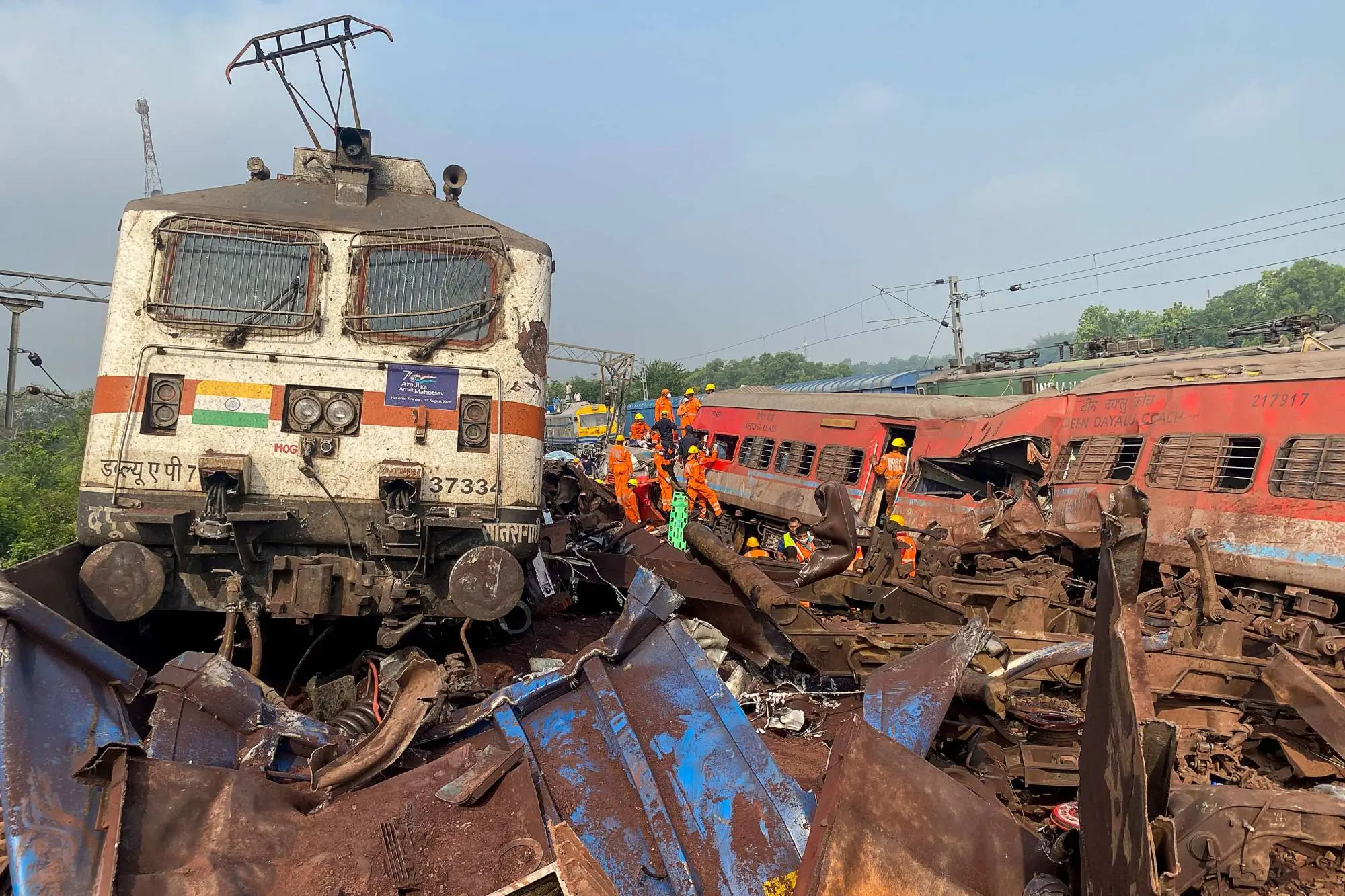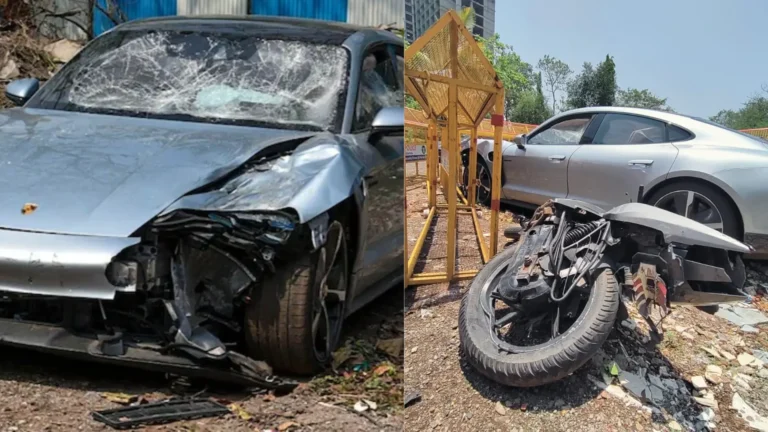Punjab Train Accident Raises Concerns About Railway Safety – 2 Loco Pilot Injured
On June 2nd, 2024, a collision between two goods trains occurred near Madhopur in Sirhind, Punjab, India. Thankfully, there were no reports of passenger casualties. However, the incident highlighted ongoing concerns about safety in the Indian railway system. This article will delve into the details of the Punjab train accident, explore the broader issue of railway safety in India, and discuss potential measures to improve it.
Table of Contents
The Punjab Train Accident
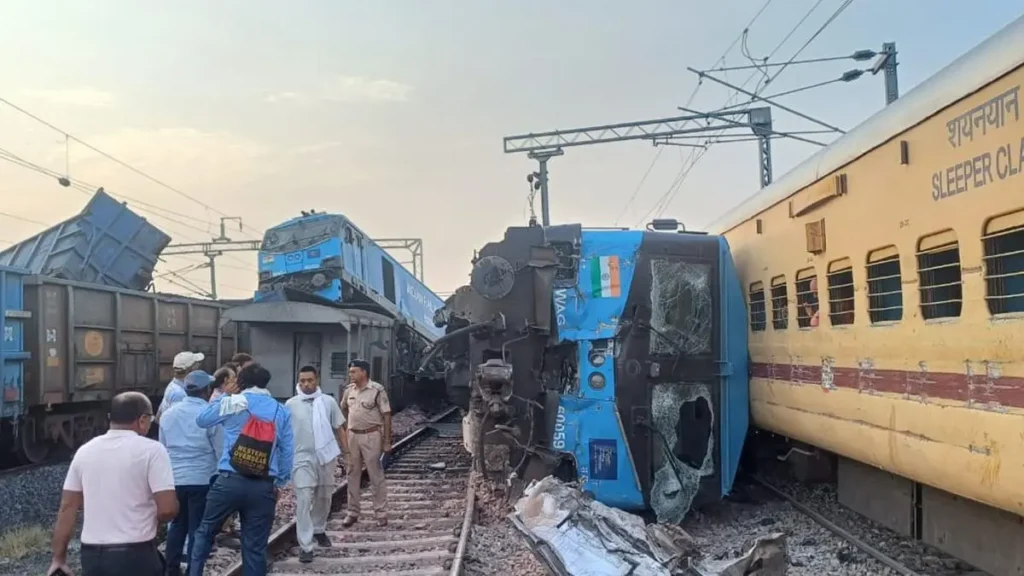
According to news reports, two goods trains collided head-on near Madhopur. Initial investigations suggest that one train was stationary at Sirhind station when it was struck from behind by the other. The impact resulted in injuries to the loco pilots of both trains, who were subsequently taken to a nearby hospital for treatment.
The cause of the Punjab train accident is still under investigation. Common factors contributing to train accidents in India include signal failures, human error, and track-related issues. It’s important to await the official investigation report for a definitive explanation.
Importance of Railway Safety in India
India has one of the world’s largest railway networks, playing a vital role in passenger and freight transportation. Millions of people rely on trains for daily commutes and long-distance travel. Ensuring the safety of passengers and railway personnel is paramount.
Challenges in Ensuring Railway Safety
Despite its significance, the Indian railway system faces several challenges in maintaining optimal safety standards. Here are some key areas of concern:
- Aging Infrastructure: A significant portion of India’s railway infrastructure, including tracks, signaling systems, and locomotives, is aging and requires modernization. Upgrading this infrastructure is crucial for preventing accidents.
- Human Error: Train accidents can sometimes be attributed to human error, such as lapses in judgment by loco pilots or other railway personnel. Implementing stricter training protocols and fatigue management measures can help mitigate this risk.
- Level Crossings: Level crossings, where roads intersect railway tracks, are a major safety concern. Accidents often occur at these points due to driver negligence or malfunctioning signals.
- Overcrowding: Train overcrowding, particularly on passenger trains, poses a safety risk. It can make it difficult for passengers to disembark safely in case of an emergency and can lead to injuries during sudden halts.
Potential Measures to Improve Railway Safety
Several measures can be taken to improve railway safety in India. Here are a few suggestions:
- Infrastructure Upgradation: Investing in modernizing railway infrastructure, including tracks, signaling systems, and locomotives, is essential. New technologies like automatic train protection systems can further enhance safety.
- Enhanced Training: Railway personnel, particularly loco pilots and other operational staff, should undergo rigorous training to ensure they adhere to safety protocols and can handle emergency situations effectively.
- Level Crossing Elimination: A phased approach to eliminate unmanned level crossings or implement technological solutions like underpasses or overpasses can significantly reduce accidents at these points.
- Public Awareness Campaigns: Educating the public about safe train travel practices, particularly at railway stations and level crossings, can play a crucial role in preventing accidents. This can be achieved through public service announcements, signage, and community outreach programs.
- Stricter Enforcement of Regulations: Enforcing existing safety regulations and implementing stricter penalties for violations can deter negligence and promote a culture of safety within the railway system.
Public Response and Government Initiatives in the Aftermath of the Punjab Train Accident
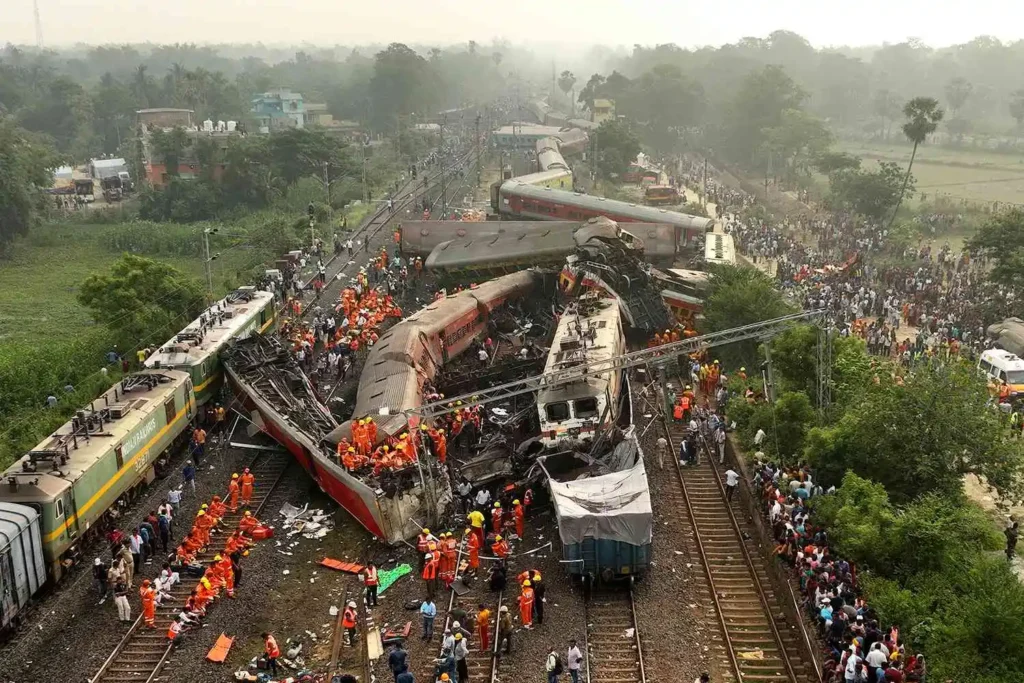
The Punjab train accident sparked public concern and debate about railway safety. Here’s a look at the public’s response and the government’s initiatives in the aftermath of the incident.
Public Response On Punjab Train Accident
The news of the Punjab train accident was met with shock and worry from the public. Many expressed their condolences to the injured loco pilots and called for a thorough investigation to determine the cause of the accident. Social media platforms witnessed an outpouring of concern, with many users sharing their experiences with train travel and highlighting safety issues.
Citizen advocacy groups and railway unions also raised their voices, demanding stricter safety measures and improved working conditions for railway personnel. The accident reignited discussions about the need for modernization of the railway infrastructure and investment in new safety technologies.
Government Initiatives On Punjab Train Accident
Following the Punjab train accident, the Indian government announced several initiatives aimed at improving railway safety. These included:
- Expediting Investigation: The Ministry of Railways ordered a swift and thorough investigation into the cause of the Punjab accident. The investigation aimed to identify any lapses in safety protocols or infrastructure issues that may have contributed to the collision.
- Review of Safety Standards: The government announced a review of existing railway safety standards and protocols. This review would assess the effectiveness of current measures and identify areas for improvement.
- Focus on Upgradation: The government reiterated its commitment to modernizing railway infrastructure. This included plans to upgrade tracks, signaling systems, and locomotives with a focus on incorporating advanced safety features.
- Allocation of Funds: Increased budgetary allocation was announced for railway safety projects. These funds would be directed towards infrastructure upgrades, procurement of new safety technologies, and training programs for railway personnel.
Scrutiny of Railway Safety Record
The Punjab train accident brought renewed scrutiny to India’s railway safety record. While significant improvements have been made in recent years, accidents continue to occur. Public discourse focused on the need for sustained efforts towards achieving zero-tolerance for railway accidents.
Transparency and Public Communication
The government emphasized the importance of transparency in the investigation process. Sharing the findings of the probe publicly would not only address public concerns but also provide valuable insights for preventing future accidents.
Focus on Long-Term Solutions
While immediate actions are necessary to address short-term safety concerns, experts emphasized the need for a long-term vision for railway safety. This vision should encompass not just infrastructure upgrades but also continuous improvement in training, maintenance practices, and safety culture within the railway system.
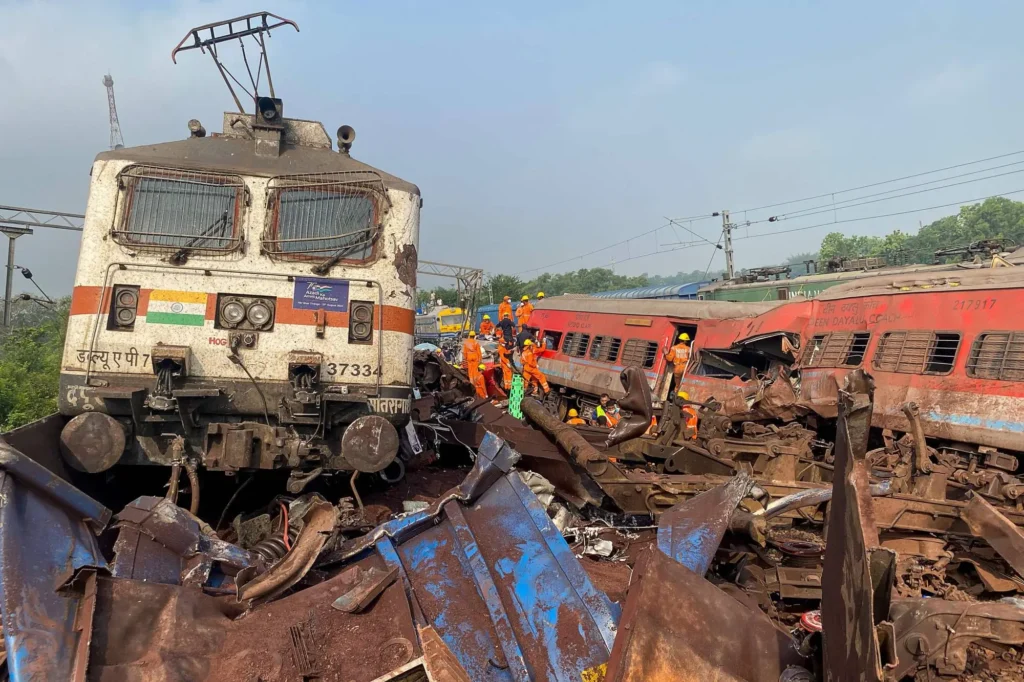
Conclusion
The Punjab train accident serves as a reminder of the importance of prioritizing railway safety in India. By addressing the challenges outlined above and implementing effective safety measures, the Indian railway system can ensure a safer travel experience for millions of passengers and personnel.
Every journey begins with a single, safe step. Let safety be the cornerstone of every railway voyage.
finologic.in

